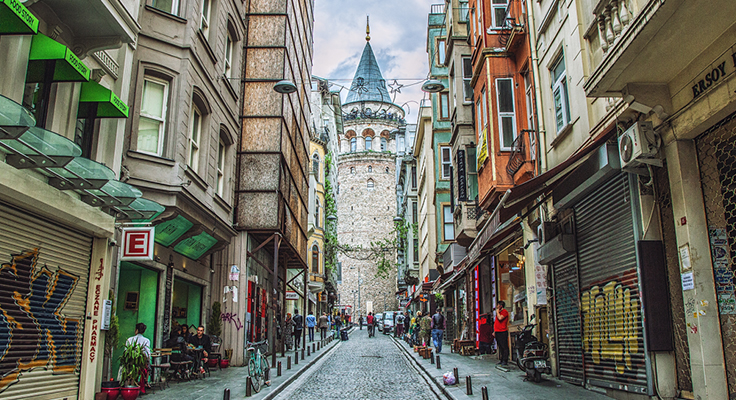Description
The Ahrida Synagogue in the Balat district is one of Istanbul’s oldest and largest synagogues. It was founded in Macedonia in 1427, shortly before the fall of Constantinople, by a Jewish community from Ohrid called Romaniotes, hence the name Ahrida.
When Sephardic Jews were driven out from the Iberian Peninsula in the late 15th century, Sultan Bayezid II sent ships to Spain and Portugal to have them brought to the Ottoman Empire. First, many of them settled at the Golden Horn in Eminönü and later in the districts of Balat and Hasköy. From the 17th century until the founding of Israel, Balat was a predominantly Jewish district with at least eleven synagogues. Even though only a few Jews live in Balat today, the synagogue, which can accommodate 500 people, is filled with people from all over the city on Saturdays and public holidays.
Over the centuries, the synagogue was damaged many times by earthquakes and fires and then restored. The last renovation took place in 1992 for the celebration of the 500th anniversary of Sephardic culture in Istanbul. The main building, which dates back to the 18th century, is an interesting example of the Istanbul Baroque architecture from the Tulip period. The magnificent pulpit (Teva), which is built in the shape of a ship’s prow and on which the Torah is read, is particularly noteworthy. The shape of the ship is said to be reminiscent of the galleys that brought the Jews from Spain to Istanbul. According to some, it also symbolizes Noah’s Ark. The ship is a frequently used symbol of the Sephardic Jews in Istanbul. If you walk through Balat today, you will hardly find any recognizable ship symbols above the entrances of decaying houses.
.jpg)
.jpg)
.jpg)
.jpg)






